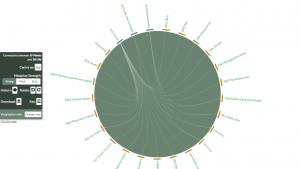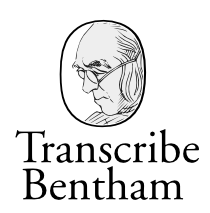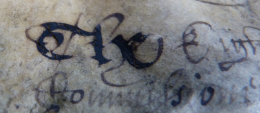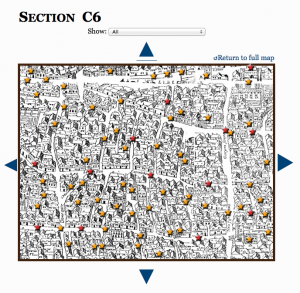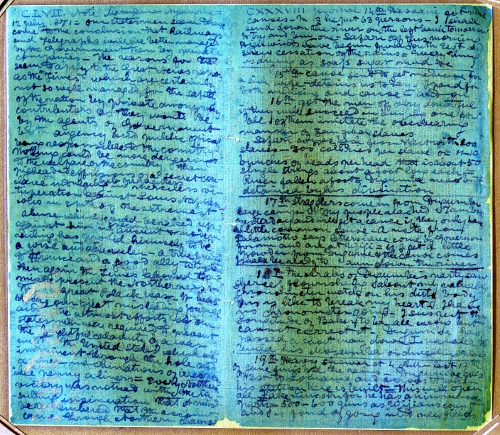‘Mapping Metaphor with the Historical Thesaurus‘ is a project researching changes in metaphorical thought and expression in the history of English. It was funded by the AHRC (grant reference AH/I02266X/1), was based in English Language, and ran from January 2012 to March 2015. From April 2015 to March 2016, we are continuing this work with the AHRC-funded project ‘Metaphor in the Curriculum’. Working with partners in education, this project uses the Mapping Metaphor research to create materials for schools based around metaphor.
*Our online, freely-available Metaphor Map of the English language is now available at this address*: http://mappingmetaphor.arts.gla.ac.uk. See our blog and Twitter feed for news, events and information.
